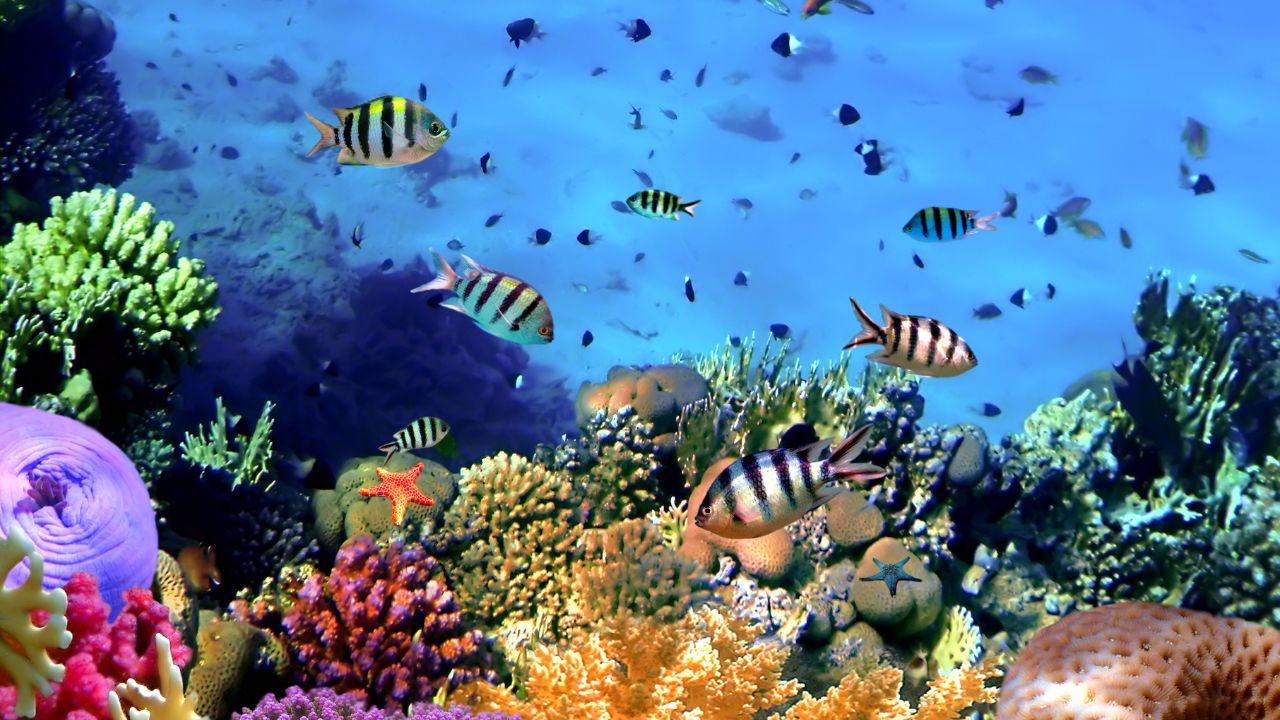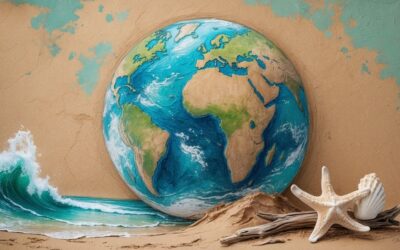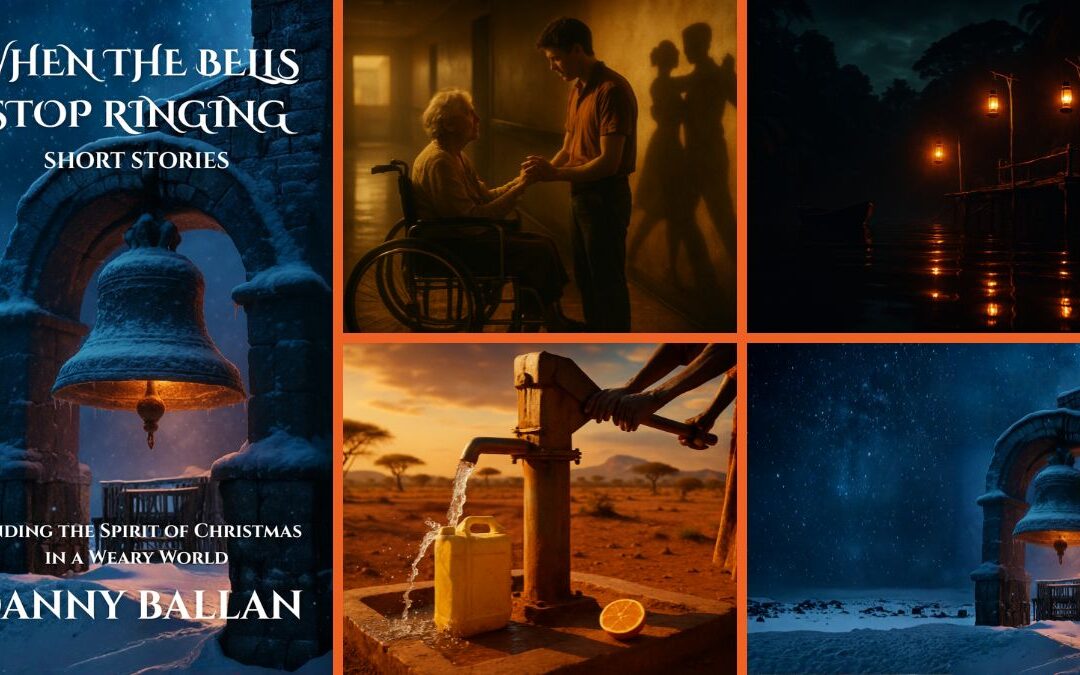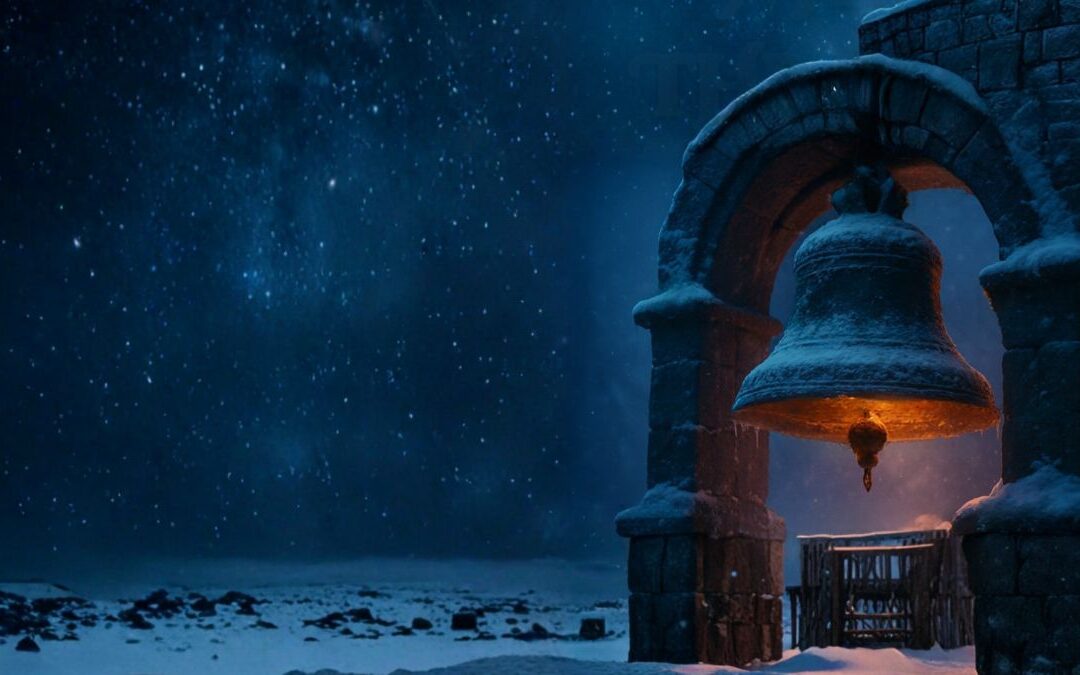In the farthest reaches of our oceans, the sea swells rise and fall like the chest of a sleeping giant. Beneath the surface of the clear turquoise waters lies a riot of colors and a cacophony of life: coral reefs, the rainforests of the sea. An oasis of life in the vast marine desert, coral reefs boast an unparalleled biodiversity, teeming with thousands of different species, each playing a unique role in this undersea drama.
It begins with a single polyp, a tiny soft-bodied creature, barely visible to the naked eye. Yet this diminutive organism has an outsized role in shaping the world’s coral reefs. Encased within its tissue are tiny algae called zooxanthellae, fostering a symbiotic relationship. The coral offers the algae a protected environment and compounds they need for photosynthesis, while the algae, in turn, provide the coral with the organic products of photosynthesis. It’s a magnificent interplay of life at a miniature level, a grand design written in the smallest of scripts.
When thousands, millions, billions of these coral polyps come together, they construct something truly awe-inspiring. Coral reefs, structures of calcium carbonate secreted by the corals, form intricate designs that spread out like an underwater cityscape. Shaped over centuries, these corals transform the barren ocean floor into a bustling metropolis of marine life.
Each reef teems with a mind-boggling variety of organisms. From the tiniest plankton to the most gigantic whales, coral reefs are a vital refuge for a plethora of creatures. They are the nurseries of the sea, where young fish can grow and thrive protected from predators. They provide food, shelter, and breeding grounds for a significant proportion of the world’s marine species.
Think of the humble clownfish darting amidst the poisonous tendrils of sea anemones, a symbiotic relationship immortalized by the animated movie “Finding Nemo”. Imagine the graceful sea turtle, gliding serenely amidst the corals, its shell a perfect contrast against the vivid colors of the reef. Each species, no matter how small, plays an essential part in the grand tapestry of the reef.
Coral reefs, despite covering less than 1% of the ocean floor, are home to nearly a quarter of all marine species. It’s a staggering statistic that underlines their importance. They aren’t just biodiversity hotspots; they are life support systems for our oceans and, by extension, our planet.
Beyond biodiversity, coral reefs have immense socio-economic value. They act as natural breakwaters, reducing wave impacts during storms and hurricanes, thereby protecting coastal communities. They also support local economies through tourism and fisheries. Snorkeling or scuba diving among the dazzling array of corals and vibrant fish is a top draw for tourists, bringing in billions of dollars annually worldwide.
Like rainforests, coral reefs are a source of potential medicines. Organisms unique to coral reefs offer a bounty of medicinal possibilities, including treatments for cancer, HIV, malaria, and other diseases. As our understanding of these ecosystems deepens, so does the potential to harness their healing properties, yet another reason why their preservation is so crucial.
Despite their importance, coral reefs are among the most threatened ecosystems on Earth. Climate change, ocean acidification, overfishing, pollution, and habitat destruction are placing unprecedented pressure on these fragile habitats. The world has already lost approximately half of its coral reefs in the last 30 years, and scientists predict that nearly all reefs could be at risk by 2050 if current trends continue.
Yet, even as we grapple with these threats, there is hope. Around the world, scientists, conservationists, and communities are fighting to protect and restore coral reefs. From growing corals in nurseries and then transplanting them onto degraded reefs to implementing sustainable fishing practices, efforts are underway to ensure these vital ecosystems endure.
The coral reefs, the rainforests of the sea, are a testament to the incredible beauty and complexity of our planet. They remind us of the intricate web of life that connects every organism, from the tiniest coral polyp to the largest whale, and of our role in preserving these precious ecosystems. The vibrant colors, the kaleidoscope of life beneath the waves, the symbiotic relationships – they all tell a story. It’s a story of resilience, of biodiversity, of life. And it’s a story that we must do everything in our power to continue telling. The future of our oceans, our planet, and ourselves may well depend on it.










0 Comments